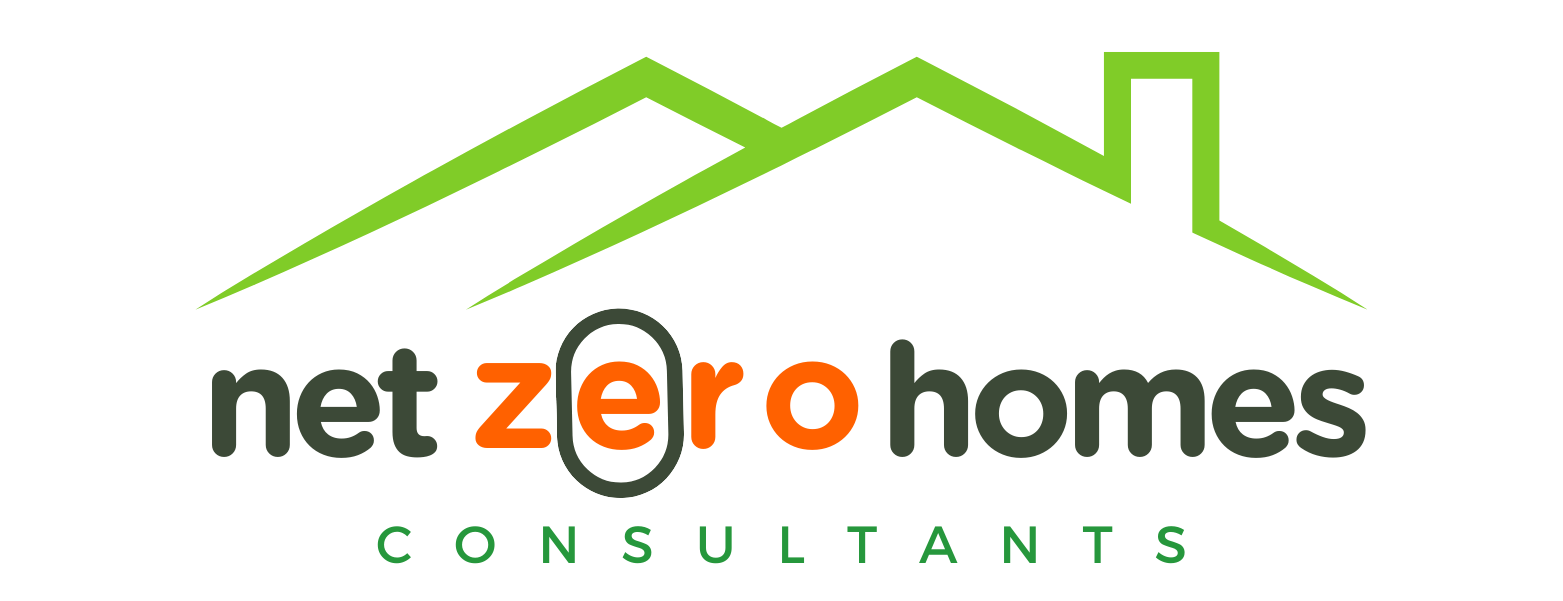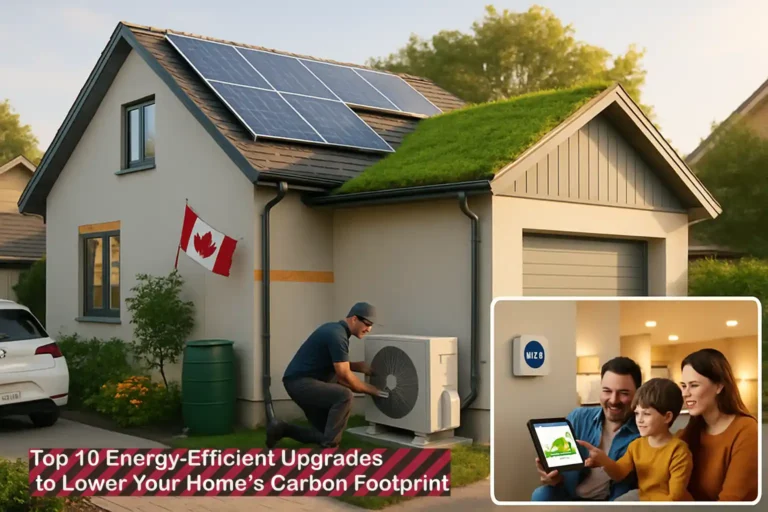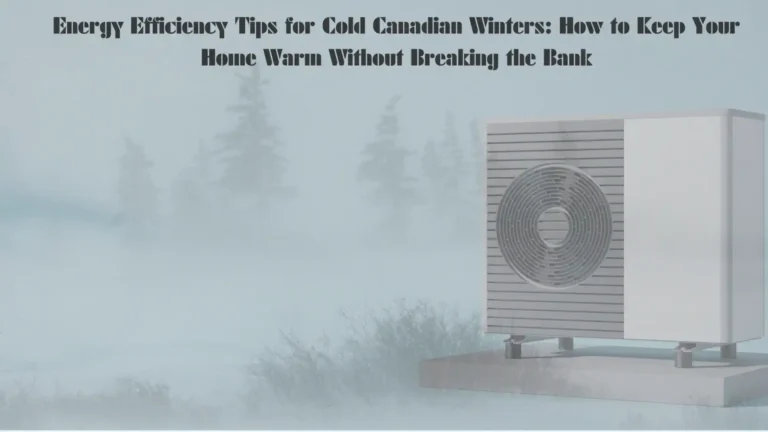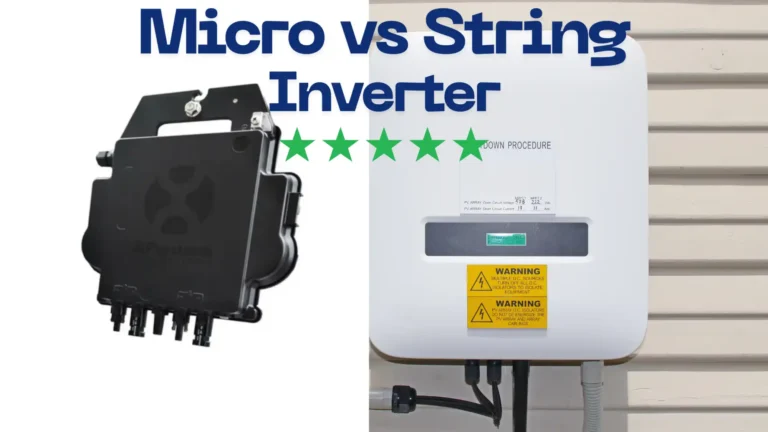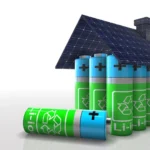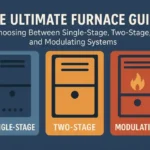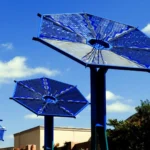Virtual appointments for canadians ONLY!
How to Build a Net Zero Home: A Step-by-Step Guide for Sustainable Living
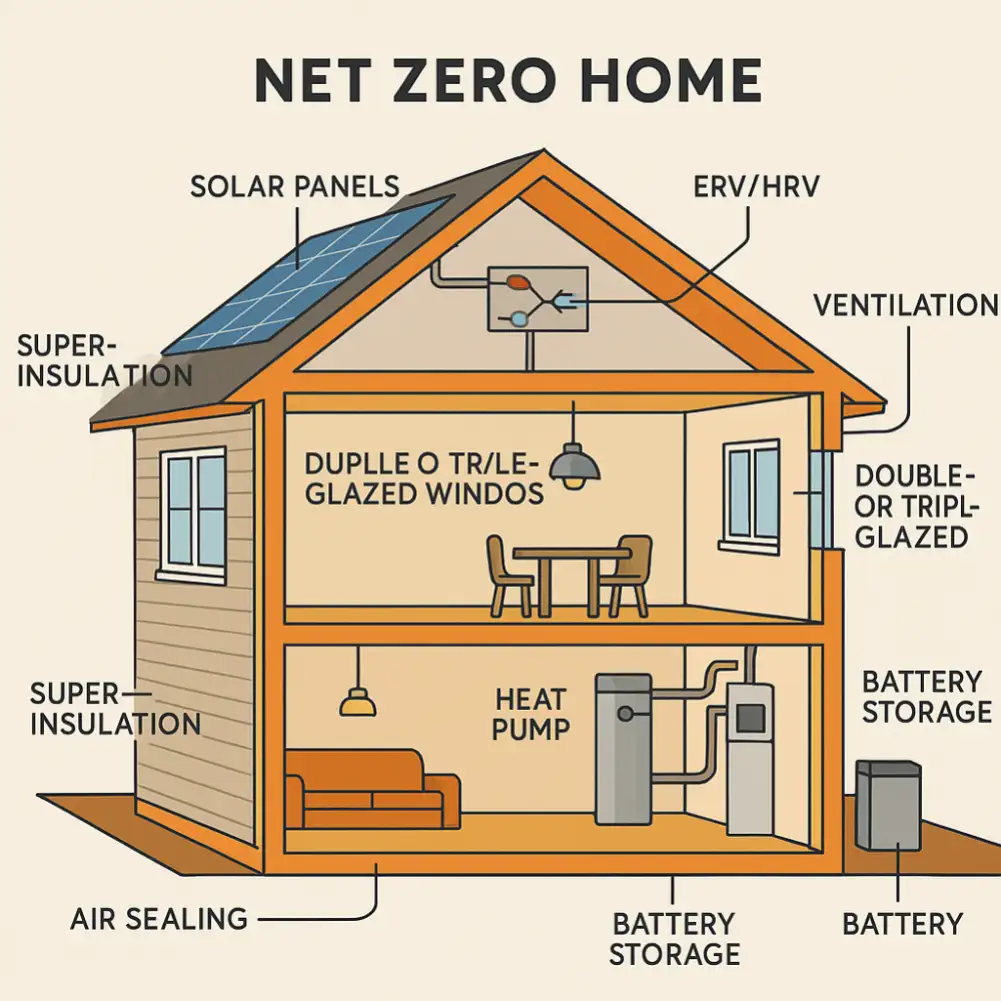
How to build a Net Zero Home? Imagine cutting your energy bills to $0 while helping the planet.
That’s not a futuristic fantasy, it’s the reality of a net zero home. Whether you’re a homeowner dreaming of energy independence or a builder passionate about sustainable design, creating a net zero home is more achievable today than ever before.
In this Net Zero Home Guide we’ll walk you through the exact steps to design, build, and live in a net zero home, with expert tips, estimated costs, and smart advice to help you avoid common pitfalls.

🏡 What Is a Net Zero Home?
A net zero home is one that produces as much energy as it consumes over the course of a year. This is achieved by combining super-efficient design, insulation, energy-saving systems, and on-site renewable energy typically solar.
Net zero home is one that produces as much energy as it consumes over the course of a year. This is achieved by combining super-efficient design, insulation, energy-saving systems, and on-site renewable energyty tpically solar.
🔨 Step-by-Step Guide to Building a Net Zero Home
Step 1: Plan & Design
The foundation of net zero begins on paper. Here’s how to start strong:
- Choose the right site:
- Look for south-facing exposure to maximize solar gain.
- Avoid heavily shaded lots.
- Consider local climate conditions for insulation and ventilation needs.
- Work with experts:
- Hire an architect or designer with passive solar design experience.
- Use energy modeling software (e.g., HOT2000, Passive House Planning Package) to simulate your home’s performance before building.
Pro tip: The shape, orientation, and layout of your home can make or break your energy goals.
Step 2: Super-Insulate & Seal
Insulation is your silent hero. It keeps energy in—and costs down.
- Best insulation materials:
- SIPs (Structural Insulated Panels)
- ICFs (Insulated Concrete Forms)
- Blown-in cellulose
- Double or triple-glazed windows with low-E coating
- Air sealing is just as critical:
- Conduct a blower door test to measure air leakage.
- Seal gaps with caulking, weather stripping, and airtight membranes.
Skipping this step? You’ll waste money heating or cooling the outdoors.
Step 3: Install Energy-Efficient Systems
Efficiency first—before adding solar.
- Heating & Cooling:
- Use electric heat pumps or geothermal systems (high upfront cost but ultra-efficient).
- Consider ERV/HRV systems for fresh air without energy loss.
- Lighting & Appliances:
- Install LED lighting throughout.
- Use smart thermostats and occupancy sensors.
- Choose ENERGY STAR-rated appliances.
Smart controls can reduce your energy use by up to 30%.
Step 4: Add Renewable Energy (Solar or Wind)
Now you’re ready to generate your own power.
- Sizing your solar system:
- Estimate your annual usage (kWh/year) and match your solar array accordingly.
- A typical net zero home might need a 5–10 kW solar PV system.
- Battery storage options:
- Consider Tesla Powerwall, LG Chem, or Sonnen for nighttime or backup power.
- Evaluate grid-tied vs. off-grid systems.
Solar panels may cost ~$20,000 upfront but can save ~$1,500/year, offering a 12–14 year payback.
Step 5: Monitor & Optimize
Don’t just set it and forget it—optimize it.
- Smart monitoring:
- Use real-time dashboards like Sense or Emporia to track usage.
- Get insights on appliance-by-appliance energy data.
- Make seasonal adjustments:
- Change thermostat settings and lighting based on time of year.
- Clean panels and filters regularly to maintain performance.
A watched meter drops—people who monitor energy use save more.
💸 Cost & ROI Breakdown
| Feature | Approx. Cost | Annual Savings | Payback Period |
|---|---|---|---|
| Super Insulation | $10,000–$25,000 | $500–$800 | 12–15 years |
| Heat Pump System | $15,000–$30,000 | $800–$1,200 | 10–12 years |
| Solar Panel System (7kW) | $18,000–$22,000 | $1,500 | 12–14 years |
| Battery Backup (optional) | $8,000–$12,000 | Varies | ~20 yeaIrs |
Incentives and rebates can cut these costs by 20–40%.
See local programs like Canada’s Greener Homes Grant or Inflation Reduction Act credits in the U.S.
Common Mistakes to Avoid
Skipping airtightness tests—leads to major energy leaks.
Undersizing solar systems—results in long-term grid reliance.
Choosing the cheapest contractor—often lacks net zero expertise.
Ignoring shading from trees or future buildings—hurts solar output.
Not planning for battery storage or future EV integration.
📣 Ready to Start?
Book a free virtual consultation with our Net Zero Experts so we can help you evaluate your home’s potential, suggest upgrades, and match you with top-rated contractors.
👉BOOK NOW https://net0homes.ca/
